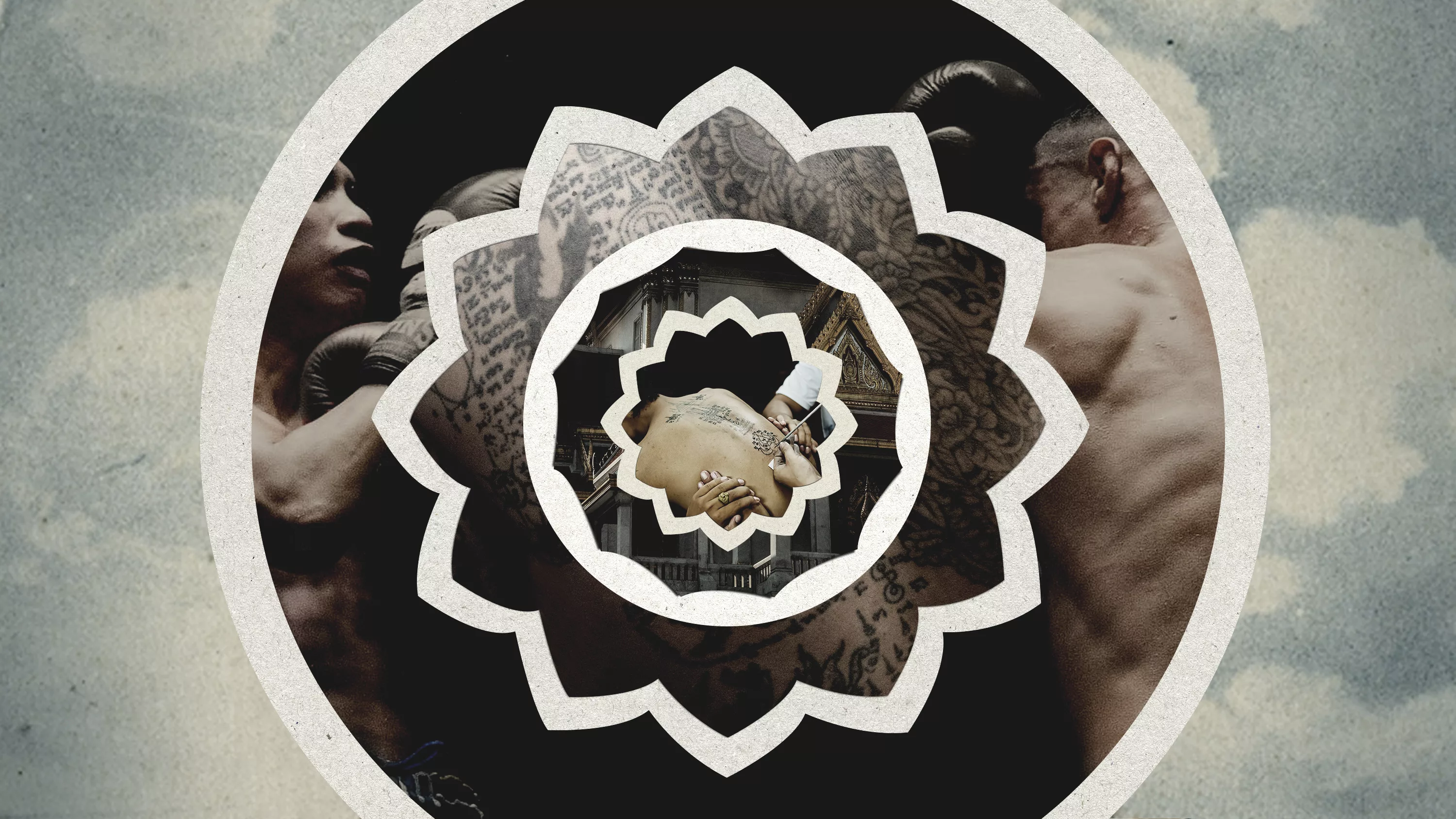
Pastors counsel believers with sak yant tattoos to let go of animistic beliefs and trust in God’s provision.
Chalolemporn Sawatsuk was a teenager in Kamphaeng Phet Province, in upper central Thailand, when he got his first tattoo.
The tattoo artist, a Buddhist monk, inked a pair of lizards onto the inside of his forearm, the same tattoo Chalolemporn’s father had. As he worked, the monk chanted blessings intended to imbue the tattoo with spiritual power that would increase Chalolemporn’s charisma and attractiveness. He also recited rules based on Buddhist moral teachings that the teen would have to follow to keep the power alive.
The tattoo seemed to take effect almost immediately, Chalolemporn said: Later that day, he convinced a woman to sleep with him.
Chalolemporn later received two more spiritual tattoos. Over the years, however, the enchanted images proved ineffective in keeping his life on course. In fact, his involvement in the world of illegal drugs resulted in a sentence of life imprisonment, before his talent in martial arts won him an early release and an encounter with a Christian friend led to his life transformation.
Sak yant tattoos, which date back centuries in Southeast Asia, were initially a way to enlist the help of local animistic spirits, but they later became tied to the Hindu-Buddhist yantras, or mystical geometric patterns, used during meditation. Sak yant adherents believe the tattoos secure specific benefits, including physical or spiritual protection, popularity, or success.
The intricate designs and patterns of sak yant have become popular with Thais and foreigners looking for a cool tattoo, but Christians are concerned about their spiritual implications. Thai pastors encourage new converts with sak yant tattoos, like Chalolemporn, to recognize that God has greater power than any spirit.
“[Sak …

